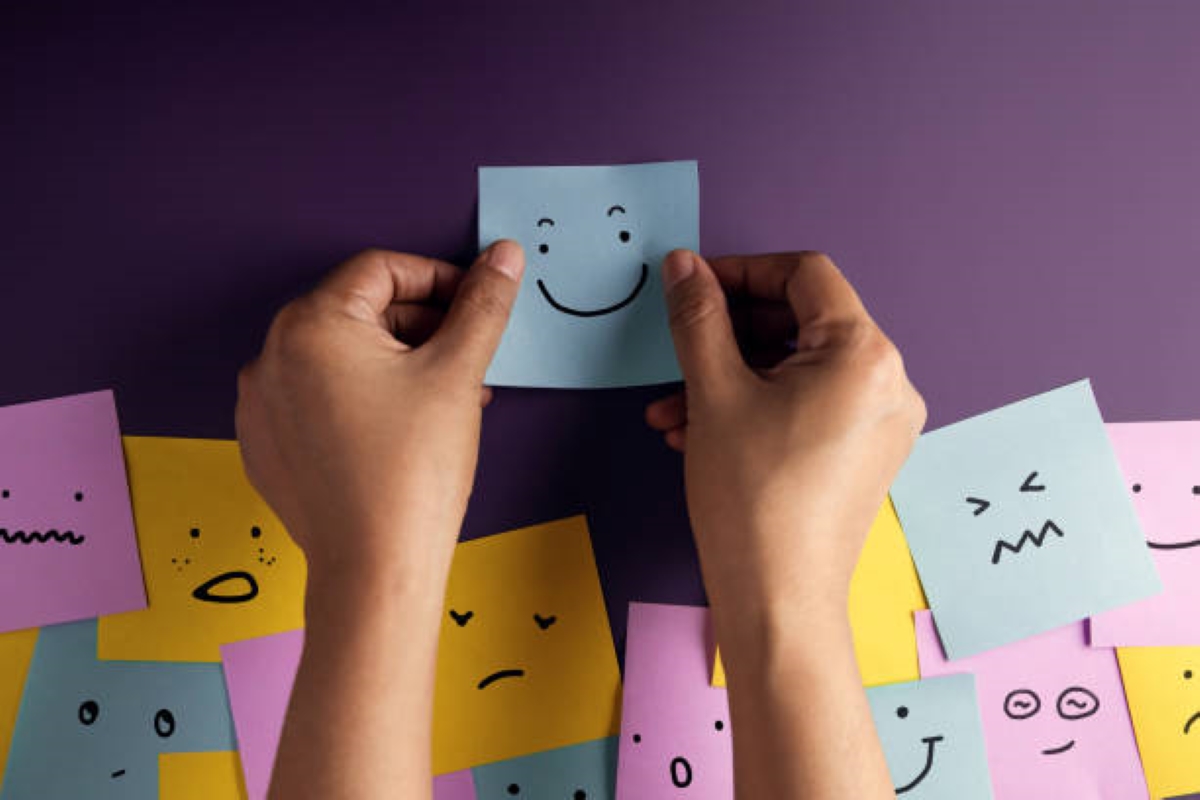By Charalampos Karouzos,
Last October, a powerful initiative took root at Sacopee Valley High School in Maine USA, where the students themselves created the annual Hope Board, which is aimed at shedding light on the mental health struggles faced by minors and young adults. The group, being part of the “Yellow Tulip Project”, became the emblem of the aspirations of anonymous teenagers providing the well needed support, desiring to create a safe place where kindness and happiness can bloom. This project organized by teenagers themselves, along with others like it, underlines the growing importance of finally addressing the epidemic of mental health decline among young people.
Teen and young adult mental health has faced unprecedented challenges in the 21st century, a phenomenon exacerbated by the onset of the Covid-19 pandemic. According to the Centers for Disease Control and Prevention, 44 percent of high school students reported persistently feeling sad or hopeless in 2021, a significant increase from 2019. Data run contrary to the long-believed thought regarding the presence of a linking chain between youth and happiness. The survey also revealed a rise in suicide plans and deaths, especially among LGBTQ+ teens. This alarming trend highlights the neglected and urgent need for finally addressing the issue, providing comprehensive mental health support in educational settings.

In response to the crisis, the primary victims, teenagers, desperate for support which the adult-run society failed to provide, nor prevent; organized student-led mental health initiatives which have gained traction across the United States. Organizations like the “Yellow Tulip Project” and “Sources of Strength” provide a platform for students to actively participate in destigmatizing mental illness and promoting emotional well-being. The dogma regarding discussing and managing the need of psychiatric and psychological medical support is actively challenged by the young and with limited resources students, with great success. These initiatives, however, go beyond crisis intervention, cultivating an environment that values the holistic well-being of each student, extending beyond the dipole of academic success and physical well-being.
The strength of such initiatives contrary to previous ones, is not successful due to the vast availability of resources. But in fact, the peer-based structure of these organizations has played the protagonist role in fostering a supportive school culture. Lisa Padilla, a senior behavioral and social scientist at the RAND Corporation, emphasizes that the peer-led approach sends a powerful message to students – that their well-being is valued. Student-led efforts, such as planting Hope Gardens and conducting workshops on stress reduction, not only address mental health concerns but also tackle broader issues like homophobia and socio-economic inequality. The full outcome of such programs that target the established productivity-based toxic culture is yet to be uncovered, as not only people manage mental health issues they are experiencing, but the kindness of one’s heart is allowed to shine bright as the societal norms are rewritten having positivity and acceptance in their core. In fact, research indicates that mental health clubs should adhere to evidence-informed or evidence-based curricula, emphasizing the importance of a structured approach. Its programs, like “Sources of Strength”, which provides peer-leader training and focus on healthy social connections, have demonstrated effectiveness in reducing stigma and enhancing protective factors against suicide.

Despite the undoubtful positive impact of these programs, challenges persist. The stigma surrounding mental health issues, although reduced, still remains a significant barrier, preventing some students from seeking help. Moreover, certain demographics, especially young men, are often underrepresented in these initiatives, and stereotypes such as the idea of the “alpha male” have found fertile soil among them. Efforts are made and must be maintained to ensure inclusivity and accessibility, in order not to create a dichotomized society, breaking down all barriers, actively reaching out to diverse groups.
In particular, the rise of the idea of the “alpha male” among young men, must not simply be seen solely as a disagreement to the current trend of the role of males in the contemporary world, but reflects a complex interplay of societal, cultural and psychological factors. In current discussions surrounding masculinity, the concept of the alpha male has garnered prominence, often associated with assertiveness, confidence and leadership qualities, a phenomenon that can be traced to evolutionary psychology theories that draw parallels between human behavior and hierarchical structures observed in the animal kingdom. Moreover, societal expectations and cultural narratives perpetuate certain ideals of masculinity, emphasizing dominance and competitiveness, with the social media further amplifying these notions of hypermasculine personas. Understanding the complexities behind the rise of the alpha male concept is essential for fostering healthier discussions around masculinity and promoting diverse, inclusive expressions of identity for young men in all kinds of initiatives aiming to reform our society.
As the youth mental health crisis continues to unfold in an uncontrollable rate, student-led initiatives prove to be the only effective beacon of hope. Empowering students to actively engage in mental health advocacy, thus creating a culture that values the well-being of every individual, has become a moral duty for the new generations. The journey towards destigmatizing mental health is ongoing, but these initiatives serve as a testament to the resilience and strength of the younger generation in shaping a healthier future for themselves and their peers. It’s imperative for older generations to acknowledge the shortcomings of the current societal status quo they established and thus, not remain still in the wave of mental health epidemic, but act by providing the necessary means, enabling the youth to carve out a brighter future for themselves, thus allowing the latent brilliance within everyone to shine.
References
- Mental health of adolescents. WHO. Available here
- When the Biggest Student Mental Health Advocates Are the Students. The New York Times. Available here
- We are the Yellow Tulip Project. YTP. Available here
- Children and young people: statistics. Mental Health Foundation. Available here
- Early Childhood Mental Health. Harvard University. Available here
- Smashing Mental Health Stigma One Yellow Tulip At A Time. Forbes. Available here




